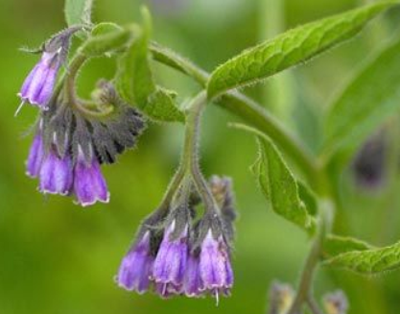 |
Long
History of Comfrey as Medicine
Comfrey has
been grown and used as an healing herb since at least 400 BC.
Comfrey has
been used in China for healing purposes for 2,000 years. Dioscorides, an
ancient Greek physician, used comfrey to heal the troops of Alexander the
Great.
Medieval monks grew S. officinale in their gardens to use medicinally. It
has been used for centuries in Europe, Asia and the United States.
|
 |
Comfrey Used by Famous, Old-Time Herbalists
"Comfrey's been a favorite herb of most early herbalists and has been
written about for centuries in the famed old herbals. Hildegard of Bingen,
famous visionary, saint and herbalist of the Benedictines, recommended it
for wounds in the 11th century. Paracelsus, Pliny, Gerard, Dioscoriedes,
and Culpepper were all fans of the herb and recommended it highly."
"It's no wonder comfrey's been extolled as one of the renowned healing herbs
of all times. Its very name, Symphytum, means 'to heal'."
(The Comfrey Controversy by Rosemary Gladstar as quoted
in Urban Herbalist, http://urbanherbalist.me/?paged=2. She wrote the popular
books: "Rosemary Gladstar's Herbal Recipes for Vibrant Health", "Rosemary
Gladstar's Medicinal Herbs", "Herbs for Natural Beauty", "Herbs for Stress
and Anxiety", "Herbs for Common Ailments", "Herbal Healing for Women".)
|
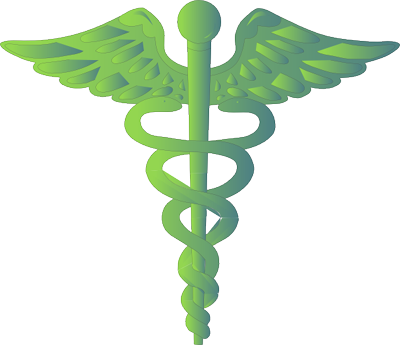 |
Comfrey
is Medicine: Use Wisely
All comfrey (Russian, True/Common) contains Pyrrolizidine Alkaloids (PAs)
and can be toxic if used internally in large doses for a long time. It is
hard on your liver. Consult your health practitioner if taking internally.
Like all medicine, use with care.
There is a lot of controversy about the safety of using Comfrey as medicine.
Research by respected scientists and institutions contradict each other
about amounts/types of chemicals in the plant, and how healing or toxic
it is.
True/Common comfrey (Symphytum officinale) is usually suggested as the best
one to use internally medicinally. However, there is some controversy about
whether Russian comfrey is better.
|
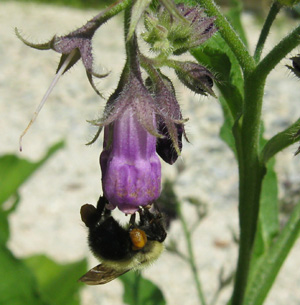 |
External
Use is Safer than Internal Use
"Until
now only rudimentary data concerning absorption of PAs through the skin
exist. The study by Brauchli et al. (1982) suggests that at least in rats,
the dermal absorption could be 20-50 times less than absorption via the
intestinal route."
(European Food Safety Authority, Scientific Opinion on Pyrrolizidine
Alkaloids in Food and Feed, 2011, www.efsa.europa.eu/en/search/ doc/2406.pdf)
Bumble bees love Comfrey. You can see the pollen on the bee's side.
|
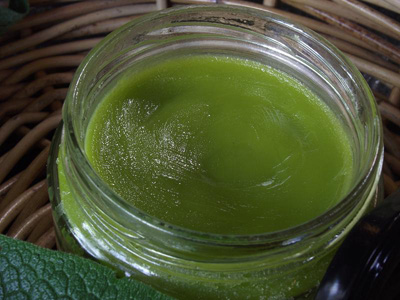 |
Good
for Skin Conditions
WebMD.com:
"Comfrey is applied to the skin for ulcers, wounds, joint inflammation,
bruises, rheumatoid arthritis, swollen veins (phlebitis), gout, and fractures."
University of Maryland Medical Center (UMM.edu):
"Comfrey (Symphytum officinale) is sometimes used on the skin to treat
wounds and reduce inflammation from sprains and broken bones. Comfrey roots
and leaves contain allantoin, a substance that helps new skin cells grow,
along with other substances that reduce inflammation and keep skin healthy.
Comfrey ointments have been used to heal bruises as well as pulled muscles
and ligaments, fractures, sprains, strains, and osteoarthritis."
|
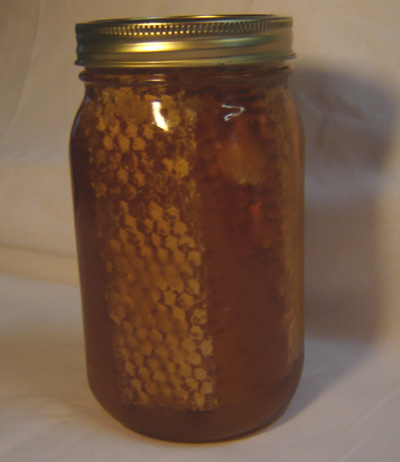 |
Comfrey,
Honey, Wheat Germ Oil
"Received your Comfrey roots yesterday, planted
today about 4 feet apart. I'm looking forward to seeing growth this spring.
I have cellulitis on my lower leg which allopathic medicine can't seem to
deal with, the result of a staph infection and antibiotic reaction."
"So will be using tincture of the dried Comfrey root now and will be using
the fresh leaves in a Honey, Wheat Germ Oil, Comfrey paste, as soon as I
can harvest some leaf. Thank God for herbs and essential oils! [neem, tea
tree, oregano etc]." -Bob, Murphy, North Carolina
"To equal parts of liquid honey and wheat germ oil, blend in finely chopped
or powdered fresh or dried comfrey leaf or root. When the mixture is the
consistency of a heavy spreadable paste it is ready to use." (Dr
Christopher's Herbal Legacy, http://www.herballegacy.com/ Burns_Sunburns.html.)
|
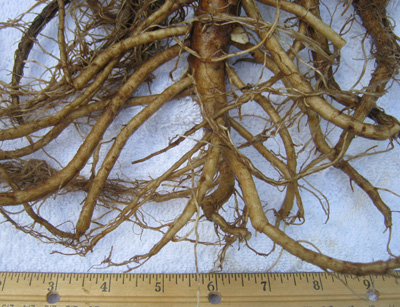 |
Soothing,
Healing Comfrey Root
All cultivars of Comfrey contain mucilage (mucopolysaccharides) that is
a moisturizing agent. It is good for skin and sore throats.
Much more mucilage is found in the roots than in the leaves.
(Cornell University, Medicinal Plants for Livestock, www.ansci.cornell.edu/plants/
medicinal/comf.html.)
Mucilaginous roots coat and soothe the digestive (stomach/intestines) and
respiratory systems. The mucilage makes comfrey a demulcent (relieving inflammation
or irritation).
Comfrey root is good as a tea (decoction), used in moderation. Or use as
a poultice on your chest. Good for applying to sprains and bruises.
|
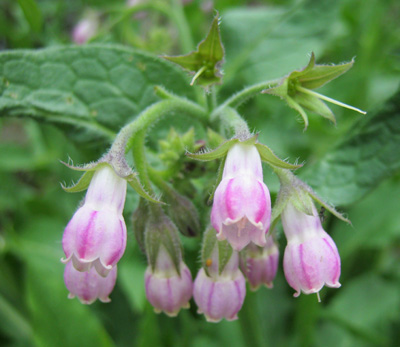 |
Healing
Tannins in Comfrey
Tannins are in the roots and leaves. They act as a styptic (stops bleeding)
by tightening the tissues. It is astringent (causing the contraction of
body tissues). Wounds heal faster.
"Love your website and all the wonderful information
on comfrey. And thank you so much for propagating and offering plants that
can heal our planet!" -Joe, Burnsville, Virginia
|
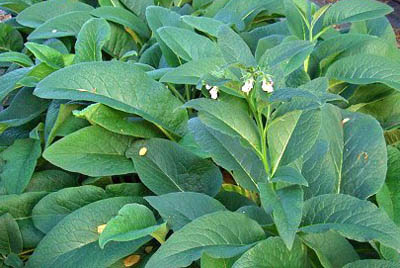 |
Healing
Allantoin
All comfrey
(True and Russian) contains the healing chemical allantoin (stimulates cell
growth/repair, cell proliferant) in both roots and leaves.
Wounds heal faster because cells regenerate faster. It is used in skin care
products.
Allantoin is found in the placenta of pregnant women and animals, and later
in their milk. It helps babies grow.
It heals digestive problems. Comfrey leaves have been fed to horses, cows
and pigs to reduce scouring (diarrhea).
|
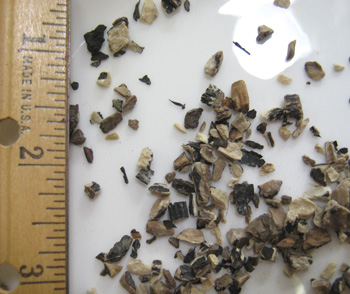 |
More
Allantoin in Roots than Leaves
Comfrey roots
contain a greater percent of Allantoin than comfrey leaves.
(Reported by Steven Foster, 1999, Georgetown University Medical
Center. http://units.georgetown.edu/gumc/ urbanherbs/Comfrey.htm)
"The roots contain about twice as much Allantoin as the leaves." (Herbal
Encyclopedia: Common Medicinal Herbs, www.cloverleaffarmherbs.com/comfrey.
And in "The Healing Herbs" book by Michael Castleman.)
"The Allantoin in comfrey, found abundantly in the flowering tops, has
been identified as the source of much of the herb's healing actions."
(Gale Encyclopedia of Alternative Medicine, 2005, www.encyclopedia.com/topic/
Comfrey.aspx)
|
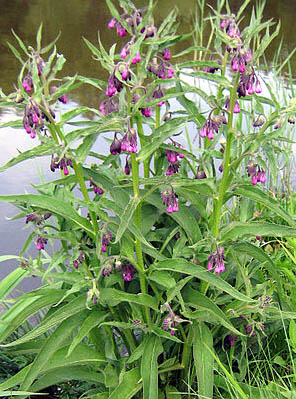 |
True/Common
Comfrey, Allantoin in Leaf: .30% to 1.30%
Fresh True
comfrey leaves contain about 0.3% allantoin. Fresh True comfrey root contains
0.6 to 0.8% allantoin.
(From 'The Comfrey Report' by Lawrence Hills, 1975.)
R.H. Hart in 'Crops and Soils' (1976) reported that dry True/Common Comfrey
leaves have 0.1 to 1.6% allantoin and dry roots have 0.4 to 1.5%. Since
fresh leaves are 85% water, they would contain around 0.2% allantoin.
('Alternative
Field Crops Manual' by University of Wisconsin Cooperative Extension.)
Allantoin in leaf 13,000 ppm (1.3%); in root 6,000-8,000 ppm (0.6-0.8%).
(Cornell University, Medicinal Plants for Livestock, and
Dr. Duke's Phytochemical and Ethnobotanical Databases www.ars-grin.gov/duke/.)
The constituents of (True) comfrey root include 0.6–4.7% allantoin.
(US National Library of Medicine National Institutes of Health,
www.ncbi.nlm.nih.gov/ pmc/articles/PMC3491633/)
|
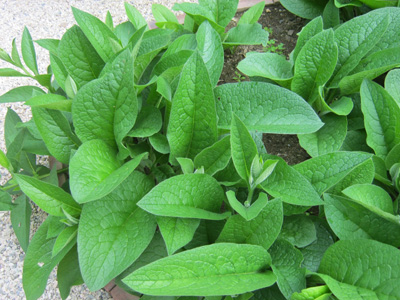 |
Russian
Comfrey, Allantoin in Leaf: .34 to .44%
According
to the 'The Comfrey Report', page 47: "Dried Russian Bocking #14 leaves
have 0.44% allantoin. Dried Russian Bocking #4 leaves have 0.34% allantoin.
In True Comfrey leaves it is 0.30%."
"Russian (S. x uplandicum) comfreys have the highest levels of protein
and allantoin (more than True Comfrey). Bocking No. 14: This type has the
most allantoin (more than Bocking No. 4)." (Golden Harvest
Organics, www.ghorganics.com)
It is much easier to find research on True/Common Comfrey than it is on
Russian Comfrey. Scientific studies vary a lot in their results.
|
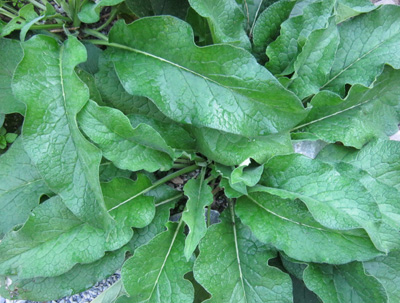
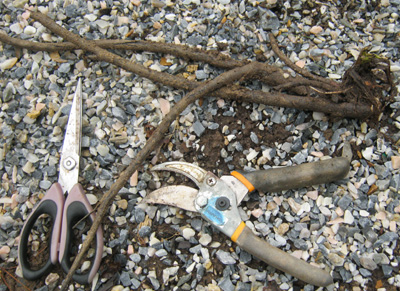 |
Comfrey
Alkaloids: Least in Mature Leaves
Small
young leaves have higher concentrations of toxic Pyrrolizidine Alkaloids
(PAs) than larger, older leaves. (Young leaves may contain more beneficial
Allantoin.)
The PAs in roots are concentrated more in small young roots. (Young roots
may contain more Allantoin.)
Roots contain more than leaves. (Roots do contain more Allantoin, perhaps twice as much.)
Depending on the study, comfrey leaves have from 0.02% to 0.18% alkaloids.
Roots have about 0.25-0.40% alkaloids.
"The highest Alkaloid concentration is in the root, having almost twice
as much as in the aerial parts." (Herbal Encyclopedia: Common
Medicinal Herbs, www.cloverleaffarmherbs.com/comfrey.)
There are studies that indicate that Russian Comfrey has fewer of the toxic
alkaloids than True Comfrey. Other studies indicate the opposite.
|
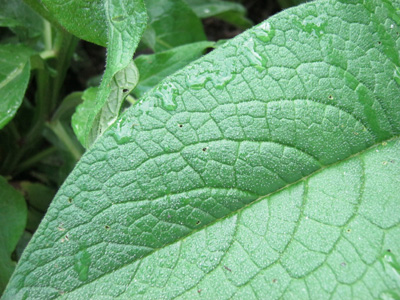
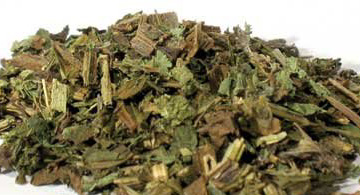 |
Does
More Alkaloids Mean More Allantoin?
I
could not find any research as to whether young or mature leaves have the
most Allantoin. Since Allantoin causes cell growth, it seems that since
young leaves are growing more, they would have more Allantoin than mature
leaves.
Research indicates that comfrey roots contain more Allantoin and more
Alkaloids than the leaves.
It seems like roots are concentrated leaves.
You would need fewer roots than leaves to get the same healing effect.
Perhaps it does not matter a lot whether roots or leaves are used if
mucilage is not needed. And young or old growth may not matter. Because
it looks like when the Alkaloids are higher so is the Allantoin, and vice
versa.
We need more research. Always use in moderation. Consult your health care provider.
|
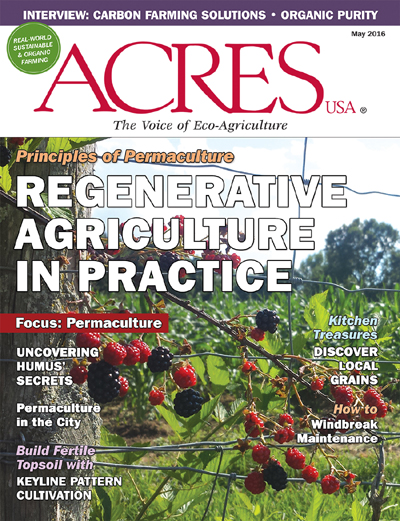 |
Acres
USA Magazine: The Voice of Eco-Agriculture
"A
customer came into my health food store and told me about her experience
with a brown recluse spider bite that she got while pulling weeds. She snipped
off a leaf of comfrey, rolled it between her hands until the juice began
to flow, and then bandaged it around the bite."
"When she took off the leaf that night, it was black and running with poison.
She got a fresh leaf and repeated the treatment. The next morning the leaf
was black and running with poison. She repeated the treatment that night,
and when she took off the leaf, it looked fresh and green as if it had just
been picked. No loss of flesh, no pain."
Acres USA Magazine, April 2018
Always consult your health care provider.
|
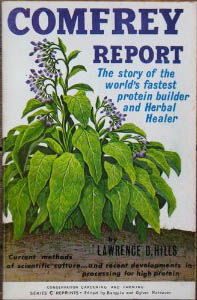 |
Herbal
Healer
From
the book "Comfrey Report: The Story of the World's Fastest Protein
Builder and Herbal Healer" by Lawrence Donegan Hills:
"Most testimonials (1958-1966) were related to Comfrey ointment, because
this is used for skin conditions against which Allantoin, the healing principle
in Comfrey appears to be most effective."
"I have decided to pass on the knowledge that has been given me by those
who are grateful for the help that Comfrey has given them. I did not help
them, Comfrey did, and I hope that it will help you."
|
|

















